When it comes to embarking on an interior wall painting project, deciding between either Eggshell Paint or Satin can be an intricate task. Each finish brings forth a distinctive set of characteristics, sheens, and applications, contributing to the overall aesthetic and functionality of the painted surface. In this exploration, we’ll clear all doubts regarding choosing Eggshell Paint or Satin, delve into the basic definition, scrutinise their similarities and differences, gain insights into their unique applications, and guide you through the decision-making process to ensure your walls are not just adorned but also resilient.
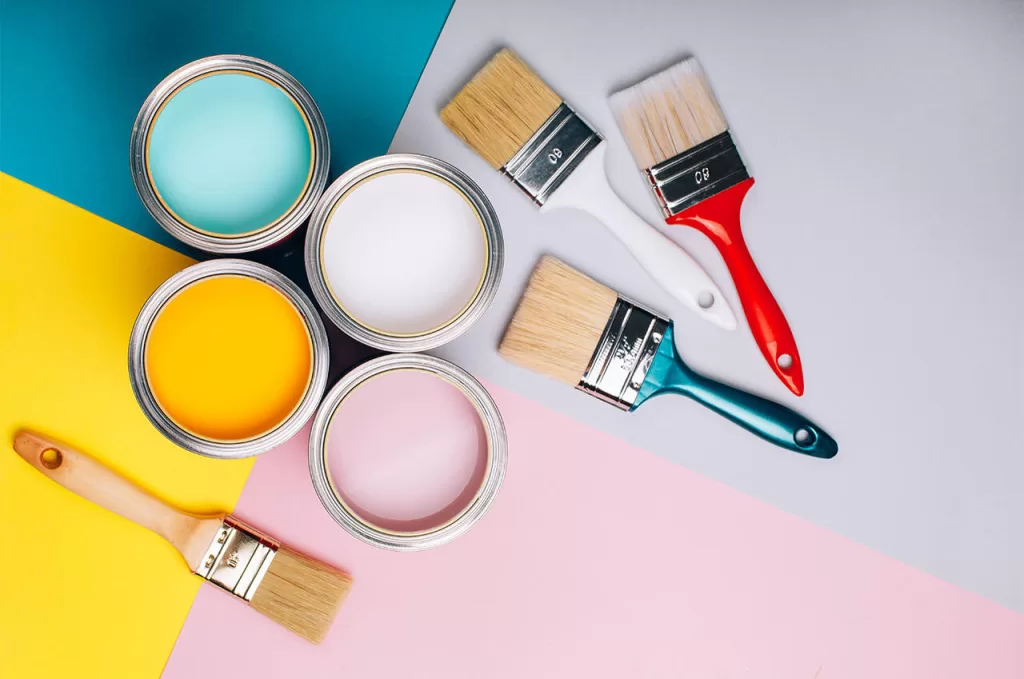
Before we dive into the specifics of either Eggshell Paint or Satin, it’s essential to understand the broader context of different kinds of paints. Paints come in various finishes, each with its own characteristics, sheens, and applications. Two such finishes that often find their way into interior spaces are Eggshell Paint and Satin.
Whether Eggshell Paint or Satin, they are part of the spectrum of finishes that also include options like flat, gloss, and semi-gloss. Each finish serves a distinct purpose, contributing to the aesthetics and functionality of the painted surface. In the context of interior walls, both finishes strike a balance between matte and glossy, providing a visually appealing yet practical solution.
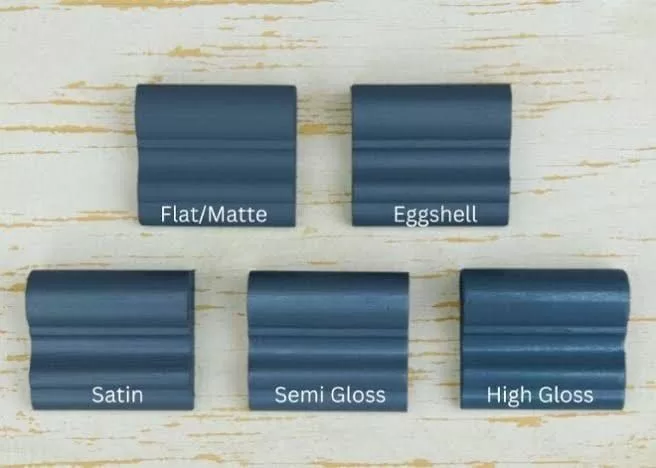
What is Eggshell Paint?
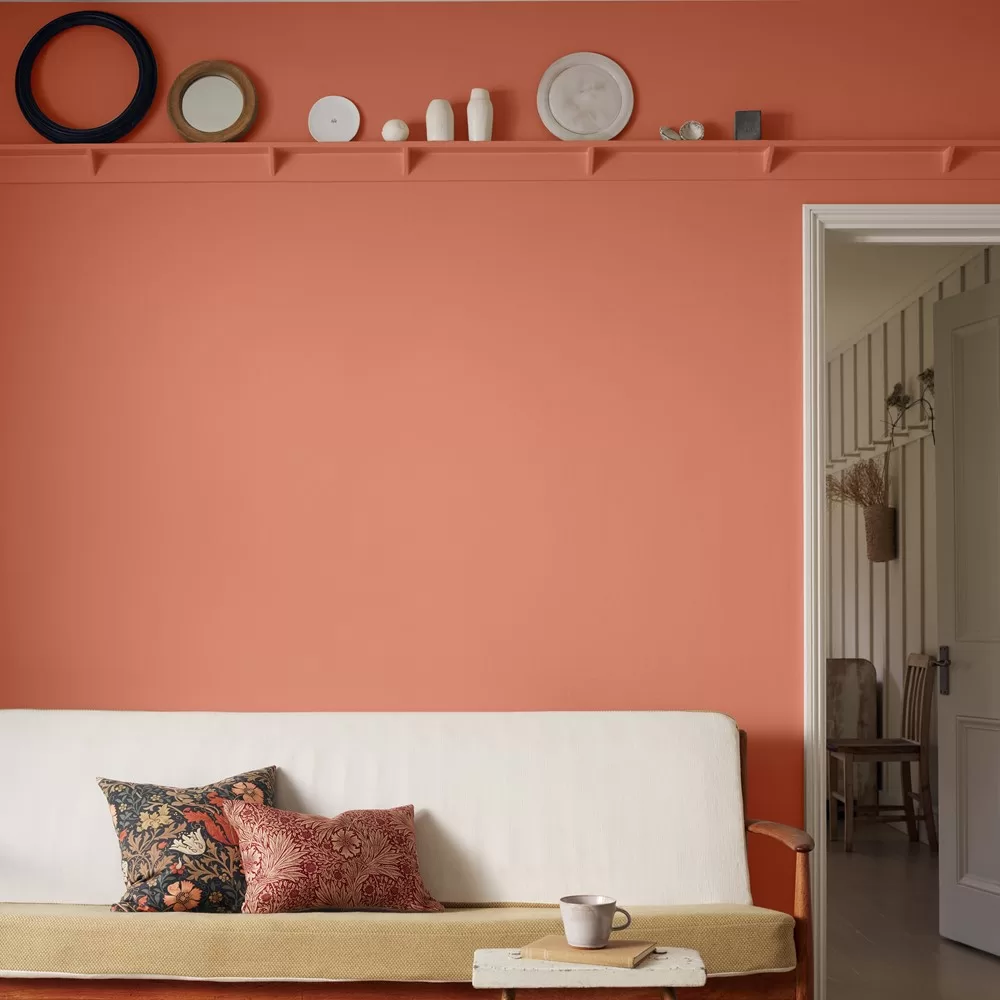
Eggshell paint, named for its subtle sheen reminiscent of an eggshell, sits between matte and satin finishes on the sheen spectrum. Beyond its aesthetic appeal, Eggshell paint is technically formulated to provide a smooth, low-lustre surface that is not only visually appealing but also remarkably easy to clean. This makes it an excellent choice for spaces such as living rooms, bedrooms, and dining areas where a sophisticated finish is desired. In terms of pricing, Eggshell paint typically falls in the mid-range, offering a balance between affordability and quality.
What is Satin Paint?
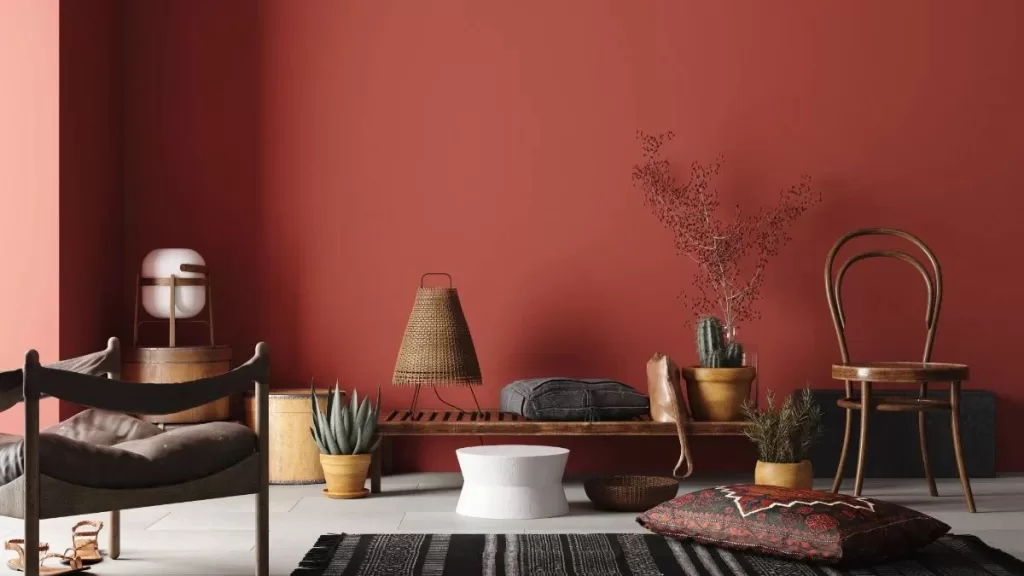
Satin paint, with its slightly heightened sheen compared to Eggshell paint, introduces a technical edge by reflecting more light. This characteristic imparts a soft glow to the painted surface, making it visually striking. From a practical standpoint, Satin paint is formulated for increased durability, making it suitable for high-traffic areas, kitchens, and bathrooms. Regarding pricing, Satin paint tends to be slightly higher than Eggshell, reflecting its enhanced features and resilience.
Similarities between Eggshell Paint and Satin
Beyond their nuanced differences, both Eggshell and Satin paints share practical characteristics. They are formulated for washability, making them suitable for areas with high foot traffic or prone to splashes and spills. Additionally, the smooth and elegant appearance they provide enhances the overall aesthetic appeal, contributing to a visually pleasing environment. While their technical formulations may vary, these shared attributes make them versatile choices for different interior spaces.
Difference between Eggshell Paint and Satin
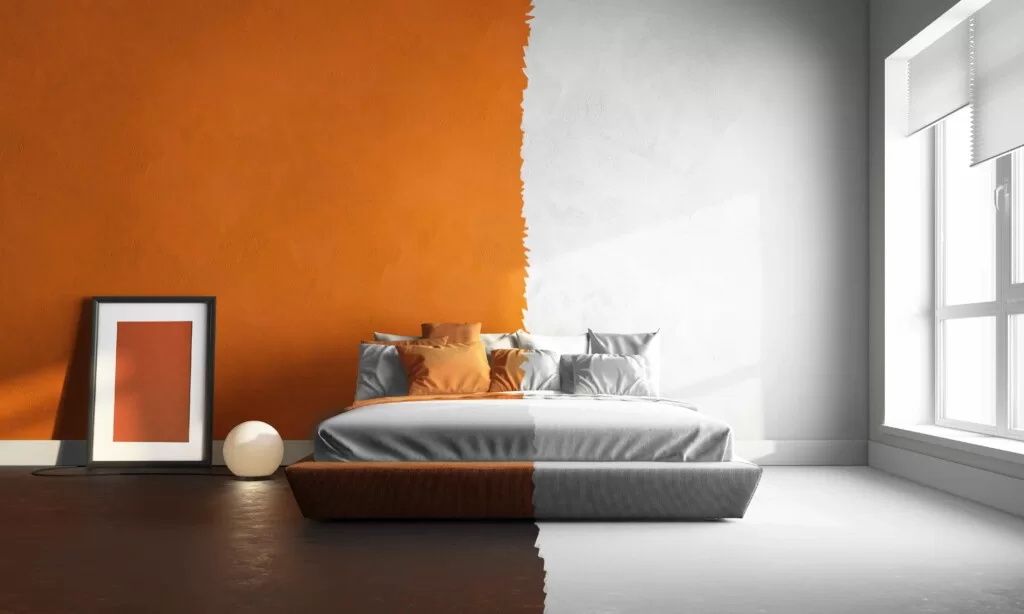
The primary technical distinction between Eggshell and Satin paints lies in the sheen level. With its lower sheen, Eggshell conceals imperfections on walls and is suitable for spaces with a more subdued appearance. With its higher sheen and durability, Satin paint is engineered to withstand wear and tear, making it ideal for areas that demand resilience. Understanding these technical differences allows homeowners to make an informed decision based on their specific requirements and budget considerations.
Durability Comparison and Downsides of Eggshell Paint and Satin
Satin paint generally offers higher durability compared to Eggshell, making it suitable for areas prone to wear and tear. The downside includes the slightly higher cost of Satin paint and its potential to highlight surface imperfections due to the increased sheen. Eggshell paint, while durable, may require more frequent touch-ups in high-traffic areas.
Purpose of Eggshell Paint
Eggshell paint finds its technical purpose in spaces where a subtle, sophisticated look is paramount. Its ability to conceal imperfections on walls and provide ease of cleaning makes it an excellent choice for areas where a smooth and understated finish is crucial. From a technical perspective, Eggshell paint is well-suited for bedrooms, living rooms, and dining areas. The mid-range pricing further adds to its appeal, offering a cost-effective solution without compromising on quality.
Practical Applications: Where to Use Eggshell Paint:
Bedrooms: Enhance the calming atmosphere with muted elegance.
Living Rooms: Conceal minor imperfections for a refined finish.
Dining Areas: Add sophistication without compromising on washability.
Purpose of Satin Paint
Satin paint, with its heightened sheen and enhanced durability, extends its technical application to areas that demand resilience. The formulation makes it ideal for high-traffic zones, kitchens, and bathrooms where surfaces are subjected to moisture and frequent cleaning. While the pricing may be slightly higher than Eggshell, the technical advantages justify the investment. The reflective quality of Satin also adds a touch of opulence to spaces like hallways and trim work, making it a versatile option across various rooms.
Practical Applications: Where to Use Satin Paint:
Kitchens: Withstand moisture and frequent cleaning in this high-traffic area.
Bathrooms: Provide durability and protection against humidity.
Hallways and Trimwork: Add a touch of luxury to frequently used spaces.
Surface Preparation and Application Tips
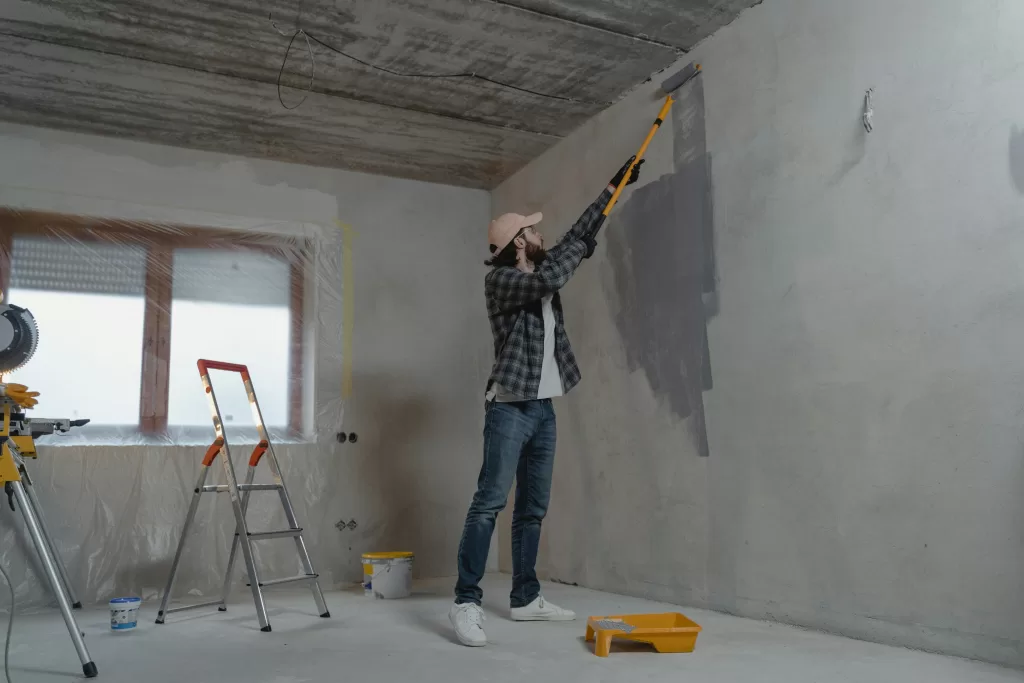
Before painting, ensure the surfaces are clean, dry, and free of any imperfections. Sanding and priming may be necessary for optimal adhesion. Use high-quality brushes or rollers for a smooth application. Apply the paint evenly, following the manufacturer’s recommended drying times between coats.
Conclusion and Key Takeaways
In the Eggshell or Satin Paint debate, the decision involves a nuanced consideration of personal preferences, specific space requirements, and the desired aesthetic.
- If your priority is a subtle, sophisticated look with easy maintenance at a mid-range price point, Eggshell may emerge as the ideal choice.
- Conversely, if you seek a slightly higher sheen and increased durability and are willing to invest more, Satin paint could seamlessly integrate into your vision.
Consider the unique technical characteristics of each, weigh the pros and cons, and make an informed decision to ensure your walls not only look aesthetically pleasing but also withstand the test of time.
In the final stretch of your decision-making journey, the choice between Eggshell paint or Satin becomes a personalised expression of style and practicality. Whether opting for the subdued charm of Eggshell or the resilient sheen of Satin paint, both offer a spectrum of possibilities for interior design, allowing you to tailor your choice to the unique needs and ambience of each room in your home.
Content Writing And Research By: Ar. Kiran Rathi
The post Eggshell Paint or Satin: Which One Should I Choose? appeared first on The Architects Diary.
Leave a Reply